Register for FY25
Full-Year Financial and Programmatic Results
Solution Series: The Intersection of Workforce and Economic Development: Why it Matters to Employers

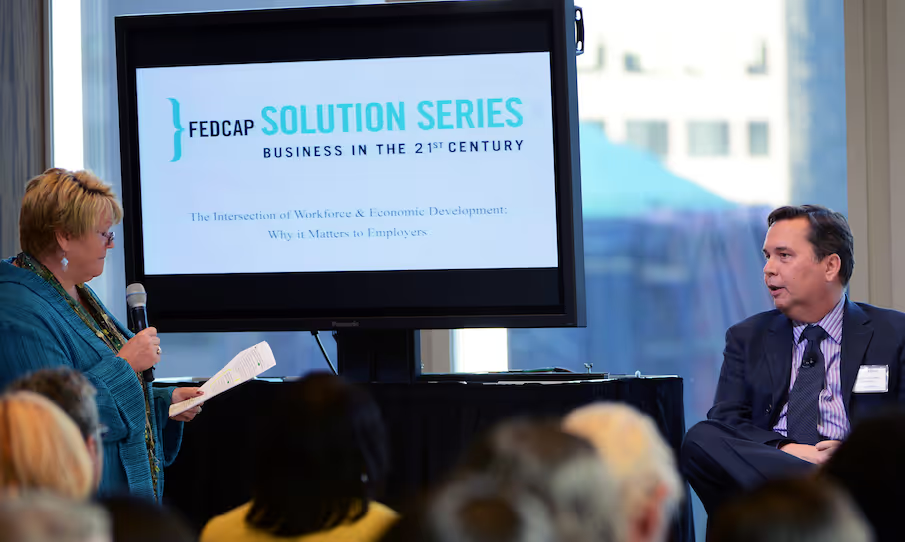
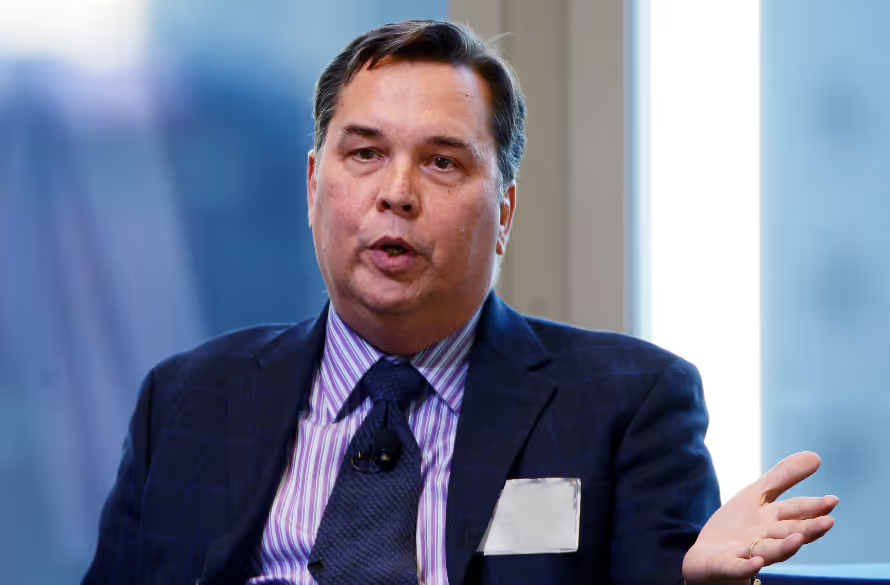
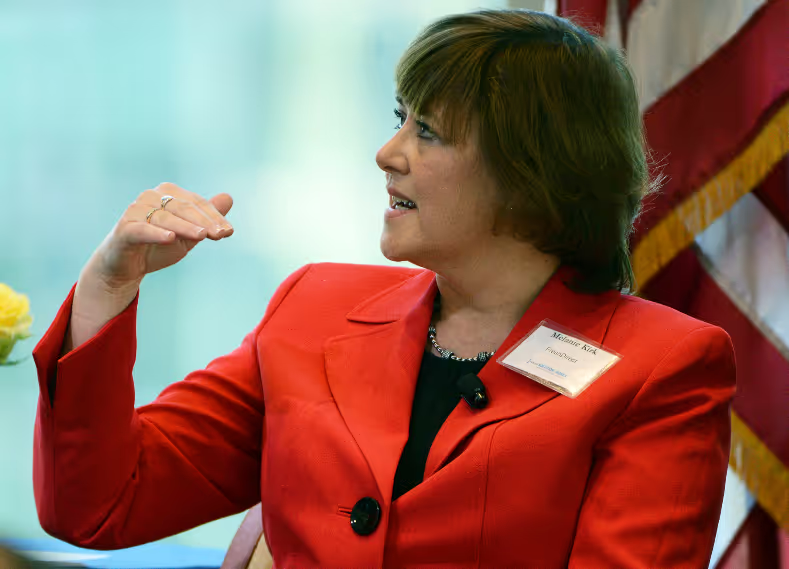
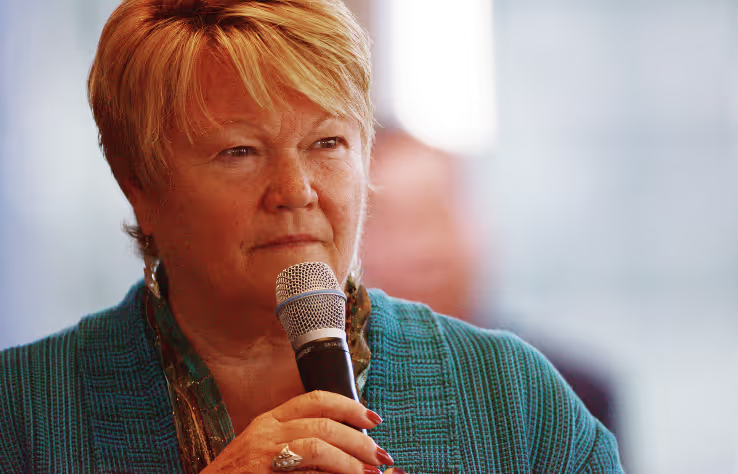
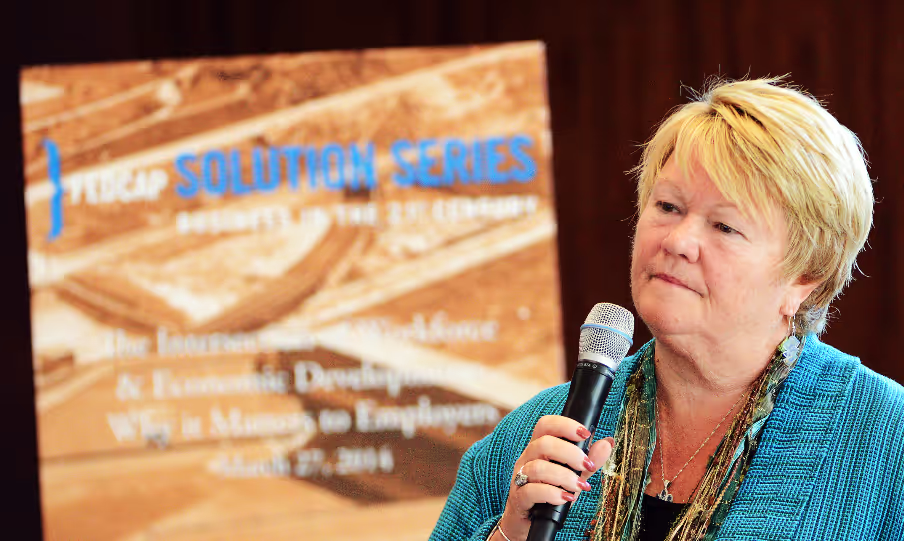
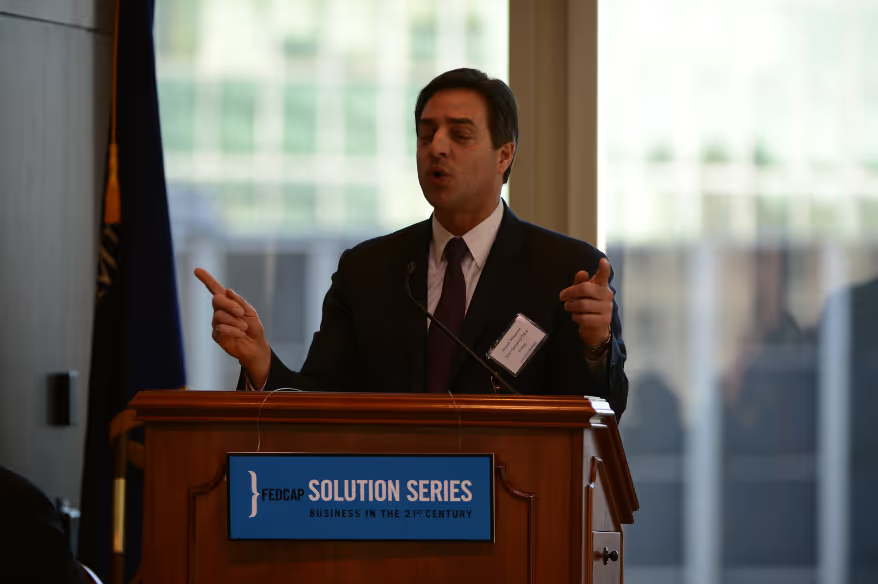



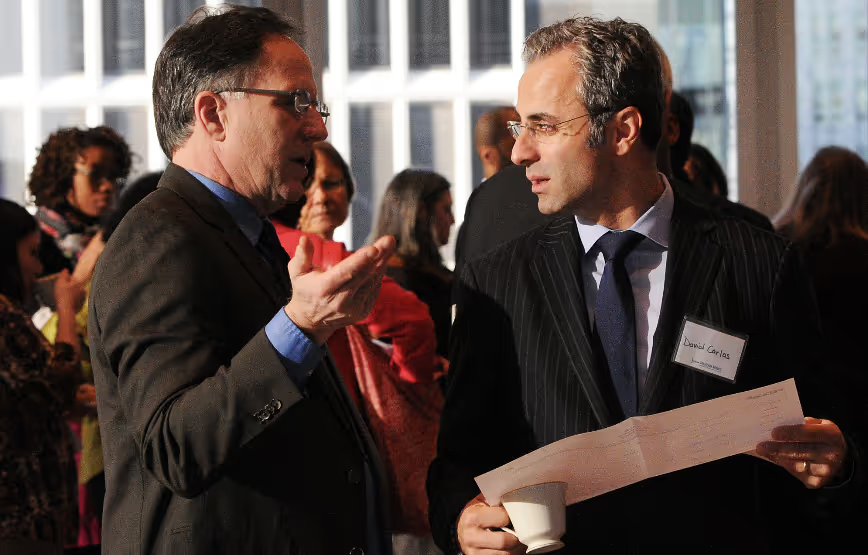

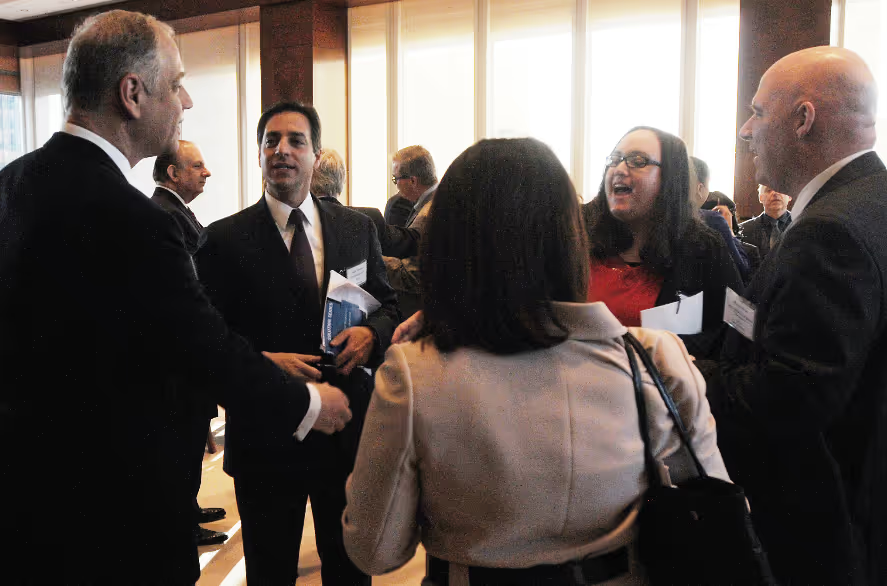
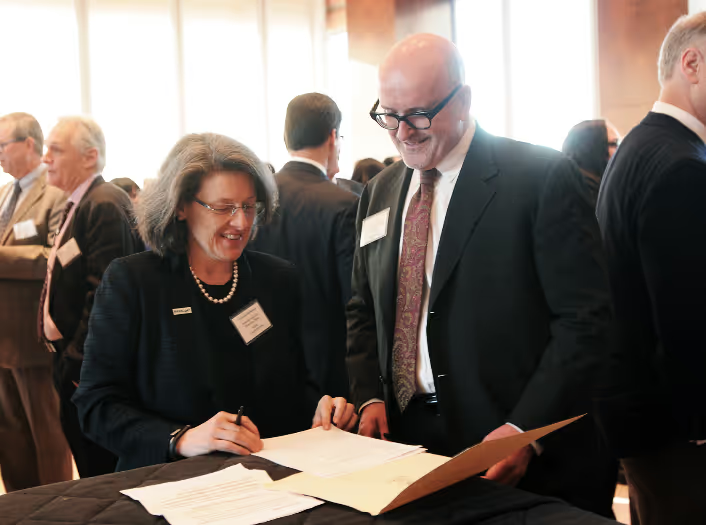

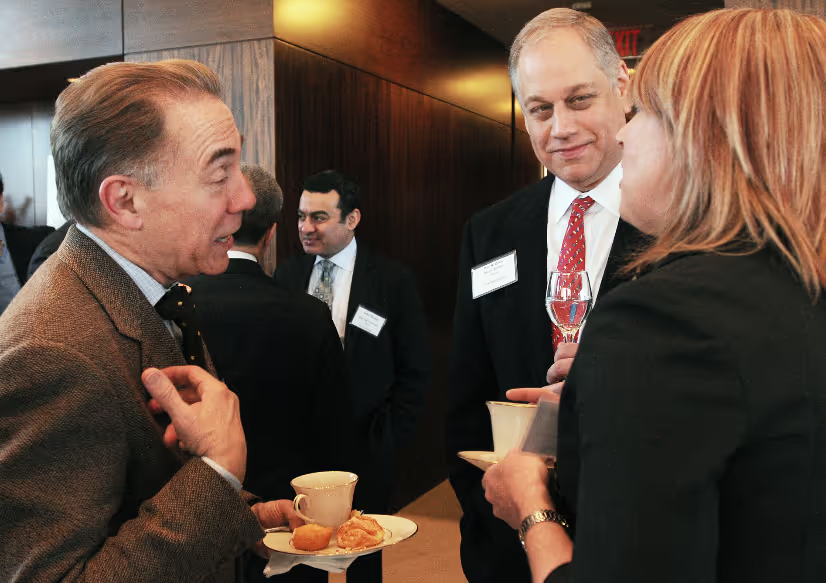
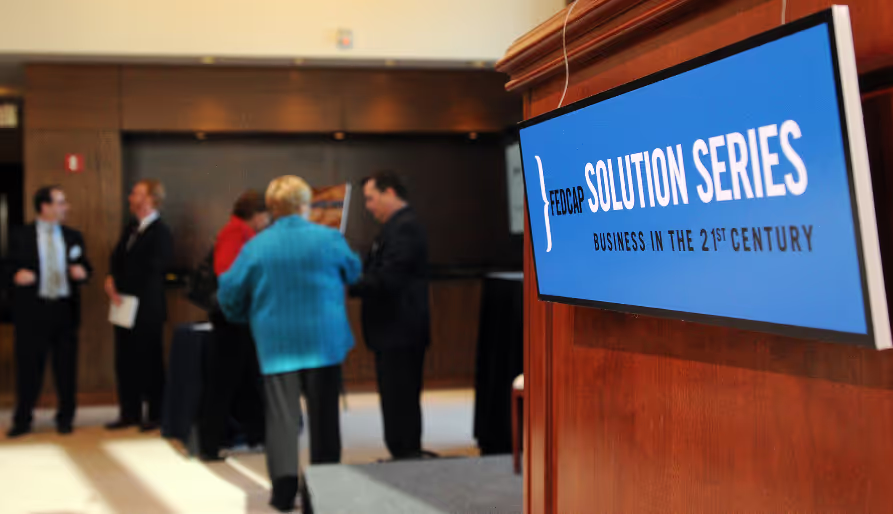
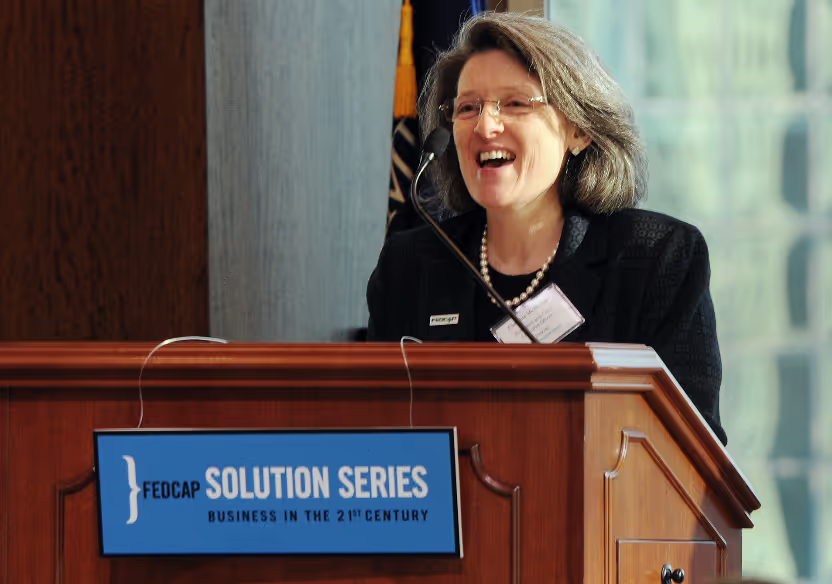
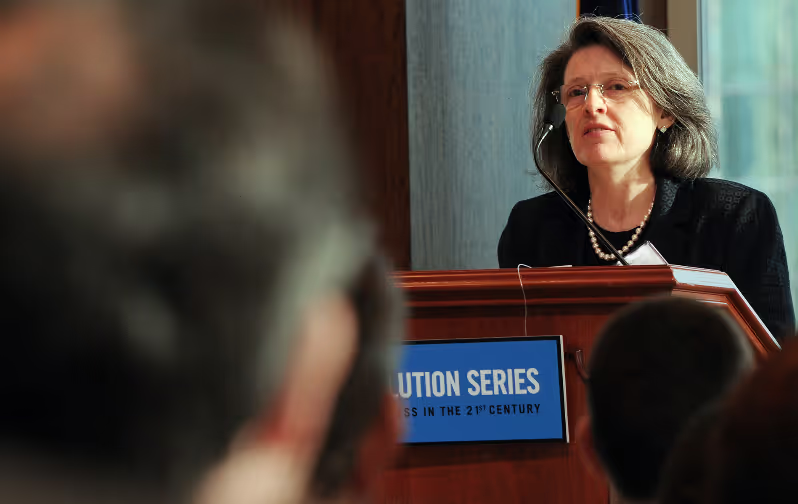
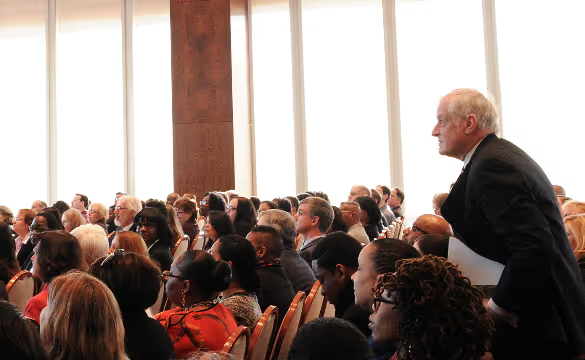
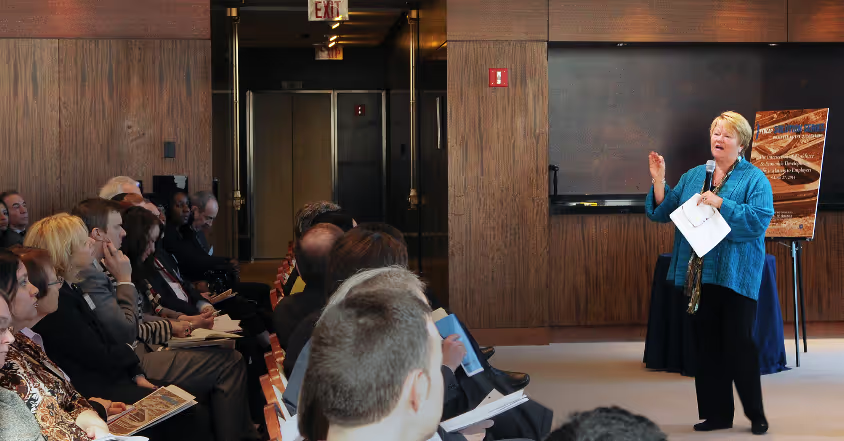

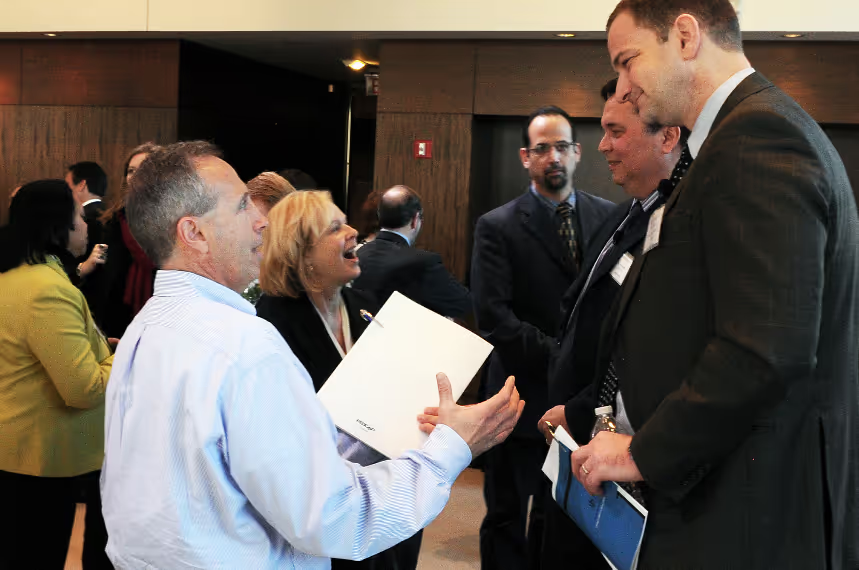

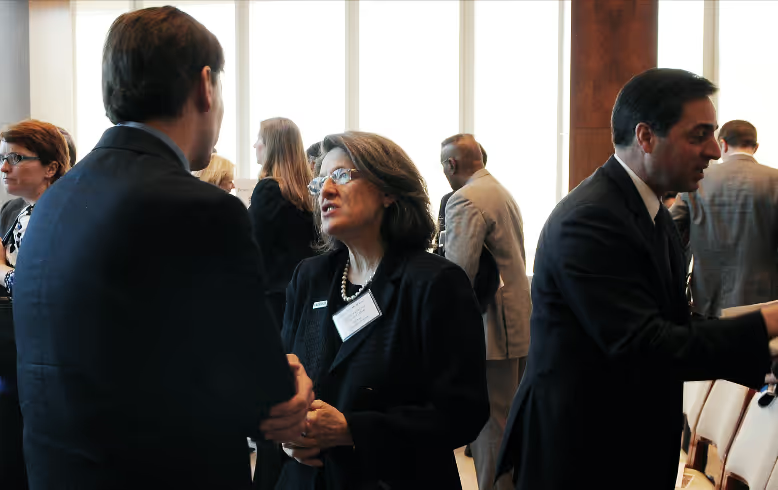


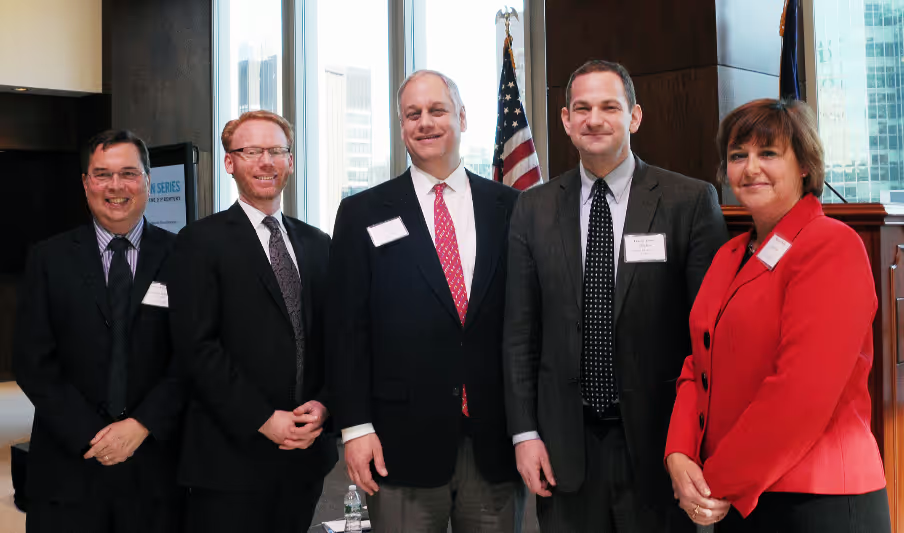
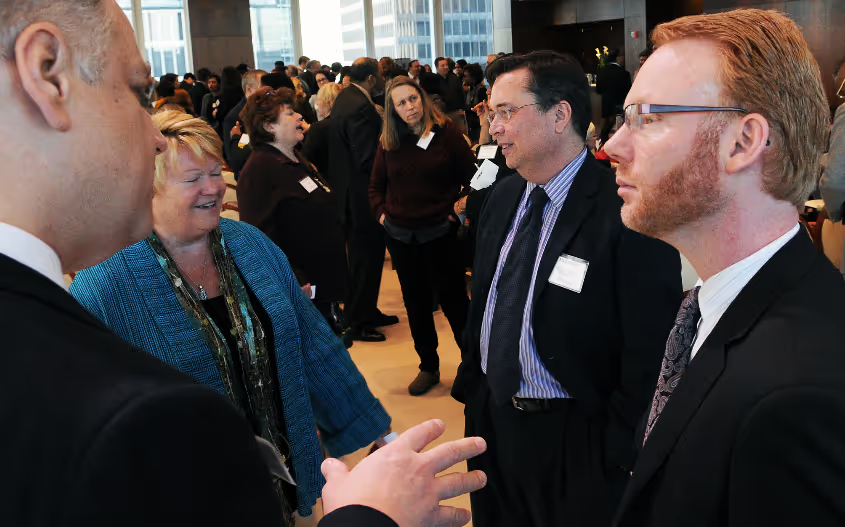
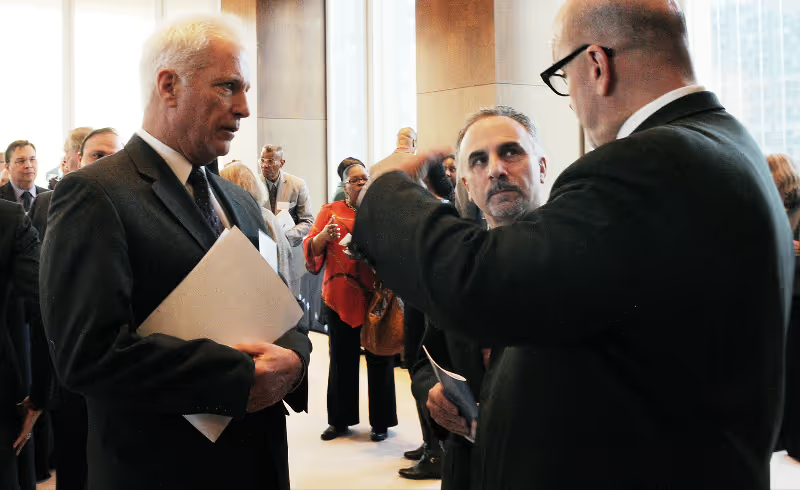
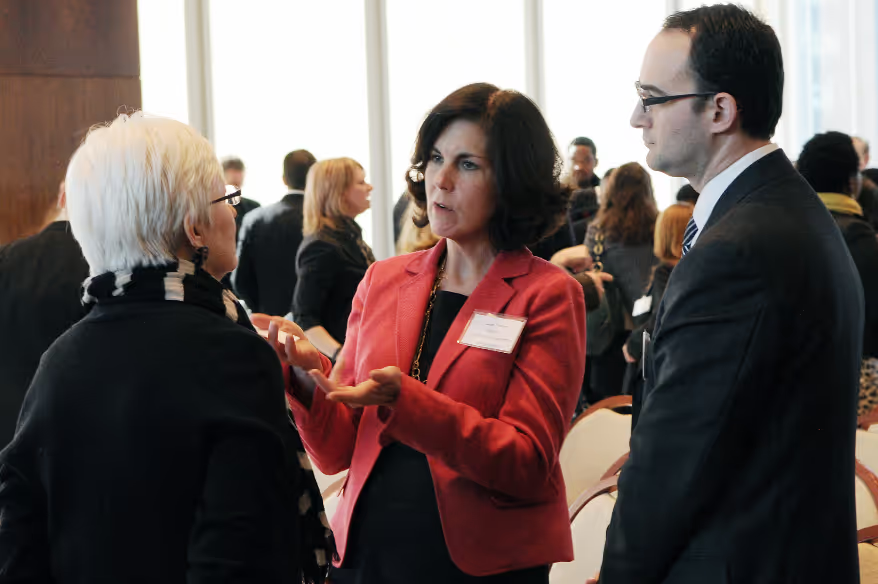

Economic development and workforce development, the primary drivers of jobs and growth, have historically not been linked. When the two are aligned – when economic development incorporates workforce training and job creation in multi-stakeholder efforts – everybody wins.
Fedcap President and CEO Christine McMahon welcomed over 150 people, including representatives from business, government, academia, think tanks and not for profit providers to the Mutual of America Building on March 27th for Fedcap’s 7th Solutions Series on the topic of the Intersection of Workforce and Economic Development.
“There are existing frameworks in place in our communities for traditional workforce and economic development,” McMahon said in opening remarks. “We want to integrate them and apply them directly to people with barriers.”
Four distinguished panelists discussed the latest trends in workforce and economic development, in New York City and across the nation. The panel touched on topics including sector-based training, government policy, employer engagement, economic and labor trends and the role of community colleges.
Workforce development entities can build successful long-term relationships with employers when they understand economic and labor market trends, and develop skill-based training curriculums with substantial employer input, said Mark Elliott, President, Economic Mobility Corporation. “Further, Economic Development strategies must start to require partnership with workforce entities” he said.
Chris Neale, Assistant Commissioner, External Relations and Special Programs in the Workforce Development Division of the NYC Department of Small Business Services, said that the Administration of NYC Mayor Bill de Blasio is targeting quality jobs that offer career paths. He described several such programs including P-Tech – an initiative of IBM, City University of New York (CUNY) and the NYC Department of Education – and a pilot training program for $65,000/year website development jobs. “The best way to develop career paths is through employer-drive training in high growth sectors like health care and technology,” Neale said.
The role of community colleges is changing as they build institutional capacity, and become focal points for job training and career development, said David Jason Fischer, Senior Fellow, Workforce Development, Center for an Urban Future. “While it is not easy to work with an organization like CUNY because there is no single voice, if they would expand their partnership with business and develop credentialed training programs that meet high sector demands, it would dramatically increase the numbers of workers available to meet business staffing needs,” he said.
Melanie Kirk, Senior Vice President, Human Resources for FreshDirect, a fast-growing online grocer that serves the New York City metropolitan area, said that one of the top priorities of business is to develop a workforce with as many skills sets as possible. Workforce developers are key partners in supplementing internal efforts, not just in skills development but in work readiness training.
“It is about helping employees prepare for work, understand the culture, understand the role of professionals in the workplace, and connecting them to the company,” she said.
Many businesses were intrigued by the rich discussion and have followed up by asking Fedcap to consider partnering with them to develop tailored training and follow up conversations are occurring with several colleges including the Metropolitan University of New York.

-min.avif)
.png)

